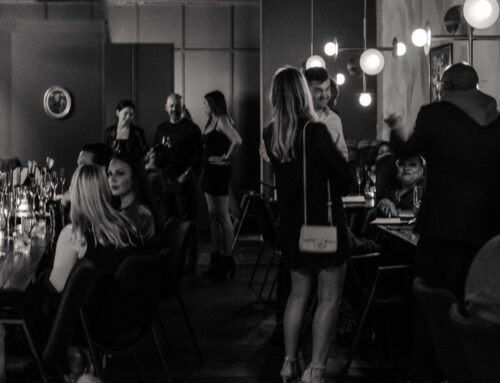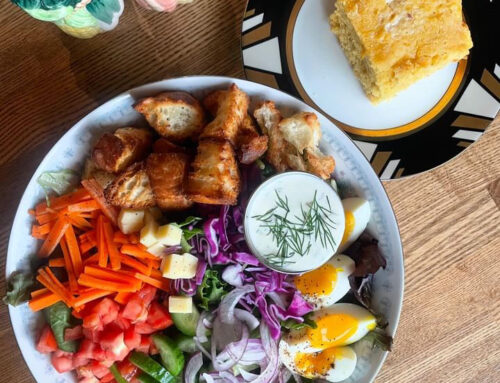That explains the resurgence of the breakfast joint
No matter how hard I tried to convince George Sanchez that his restaurant and his part of the neighborhood are hip, he wouldn’t believe me.
“We’ve been here 32 years,” says Sanchez, whose family owns the Gold Rush near the intersection of Skillman and Live Oak. “In all that time, people were moving out, not moving in. What’s different now? That’s what makes it so weird.”
A good question, for that part of this part of town has a colorful (to be polite) past. Regular readers and longtime residents may remember the Eckerd’s drug store across the street from the Gold Rush, where a pay phone was the center of drug activity in that area. One Dallas police commander told me he didn’t feel safe in his squad car with a shotgun in his lap.
But its past is not its present, and its history has nothing to do with hip. Sanchez has to accept the inevitable — his part of Lakewood and East Dallas, so long ignored by the taste makers and trend setters, is now a happening part of Dallas.
We know this because The Mecca, which has been a Dallas institution for even longer than the Gold Rush has been a neighborhood institution, has moved across the street from the Gold Rush. In this, it’s part of the slew of changes taking place in the corridor that extends from Lower Greenville to the area around Skillman and Live Oak, over to the Lakewood Shopping Center and down Gaston to Garland Road. Trader Joe’s, Lincoln Property, Mi Cocina — all were supposed to be too good for us. And now, we have them (or soon will).
The reasons for this are varied. Sanchez credits lower rents, which are attracting businesses from elsewhere; it’s almost certain that Mi Cocina is paying less in the Lakewood Shopping Center than it would in far more glamorous parts of Dallas (or does for its locations in Highland Park Village and the Southlake Town Center). Some of it is the improvement that residents, with little help from the city, have made to the neighborhood. Drive through other neighborhoods, which once were booming, and you’ll see what I mean. Who would have thought the area around what used to be Valley View would look like it does today?
The most important reason, though?
“Our customers all used to be older, elderly people,” Sanchez says. “And now, they’re younger, in their 20s and 30s.”
In this, our neighborhood is part of a similar renaissance in other cities across the country. Younger people who grew up in the suburbs have seemingly rejected that lifestyle — they don’t enjoy all the driving that’s involved, they’re tired of the plastic subdivisions, and they appreciate something that was built before they were born. They want the neighborhood feel they can’t get in Frisco, and they want to be closer to their jobs and, even, apparently, to their breakfast places. I wrote a cover story for the magazine a while back, lamenting the loss of the traditional breakfast joint, which were going out of business one after the other. I quoted a bunch of experts about why that was happening — higher rents, changing lifestyles, and so forth.
What the experts didn’t see (and what Sanchez has a hard time accepting), is that the recession made breakfast restaurants financially feasible again, and that all those Millennials and Gex Xers could care less about the other stuff. They’re looking for a sense of community, and we have it. Which, of course, is why those of us who aren’t Millennials and Gen Xers moved here in the first place.
So Sanchez will have to get used to being one of the cool kids, even if, as he says with a laugh, it took 32 years. And other neighborhoods, looking for a way to revitalize, can learn something from our lesson: Forget about what the city says or does. Just get yourself a great breakfast joint.





